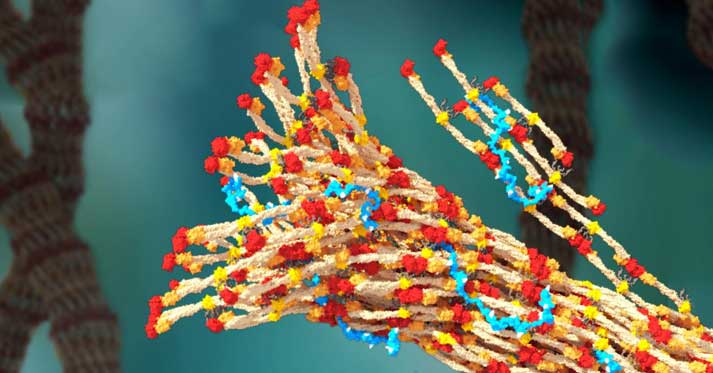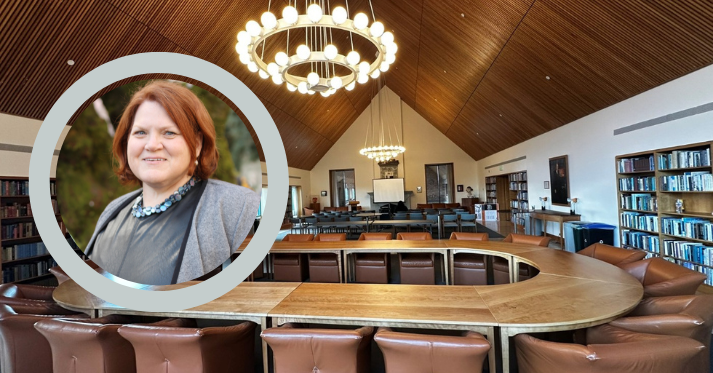
17 Mar Research Discovery by ITHS KL2 Scholar Draws Media Attention
The recently published research of ITHS KL2 Scholar, Dr. Nathan White, has received substantial media attention due to its potentially life-saving applications for trauma patients.
Dr. White and his University of Washington research team developed an engineered hemostatic polymer (PolySTAT) that circulates harmlessly in the blood, identifies wound areas, and strengthens clot formation to stop bleeding. PolySTAT could provide first responders, combat medics, and emergency room personnel with a safe and effective tool to stop bleeding, thereby preventing unnecessary deaths. PolyStat is projected to be ready for widespread use in the next five to ten years.
Media Coverage
A number of television, radio, and other media outlets have covered this research discovery due to its potential impact in trauma care.
Radio
March 5, 2015 – Injectable Goo Developed In Seattle Could Help Stop Trauma Patients From Bleeding To Death – KPLU News for Seattle
Television
March 11, 2015 – UW researchers develop polymer to stop bleeding – KIRO 7
March 11, 2015 – UW research: Injectable polymer could save bleeding patients – KING 5
Articles
March 10, 2015 – An injectable UW polymer could keep soldiers, trauma patients from bleeding to death – UW Today
March 11, 2015 – PolySTAT: Injection that stops bleeding has potential to save soldiers on battlefield – International Business Times
March 12, 2015 – UW researchers develop injectable polymer to prevent severe blood loss – Puget Sound Business Times

Nathan White, MD, MS
About Dr. White
Dr. White, who is an Assistant Professor of Emergency Medicine at the University of Washington and Attending Physician at Harborview Medical Center, has been an ITHS KL2 Scholar since 2011. The ITHS KL2 program is a multi-year, NIH-funded award that enables early career researchers like Dr. White to pursue translational science projects by protecting their research time, providing research and travel support, and connecting them with the resources they need to push their findings forward from discovery to implementation.
To learn more about Dr. White, please visit our recent feature on him in the ITHS Researcher Spotlight.







